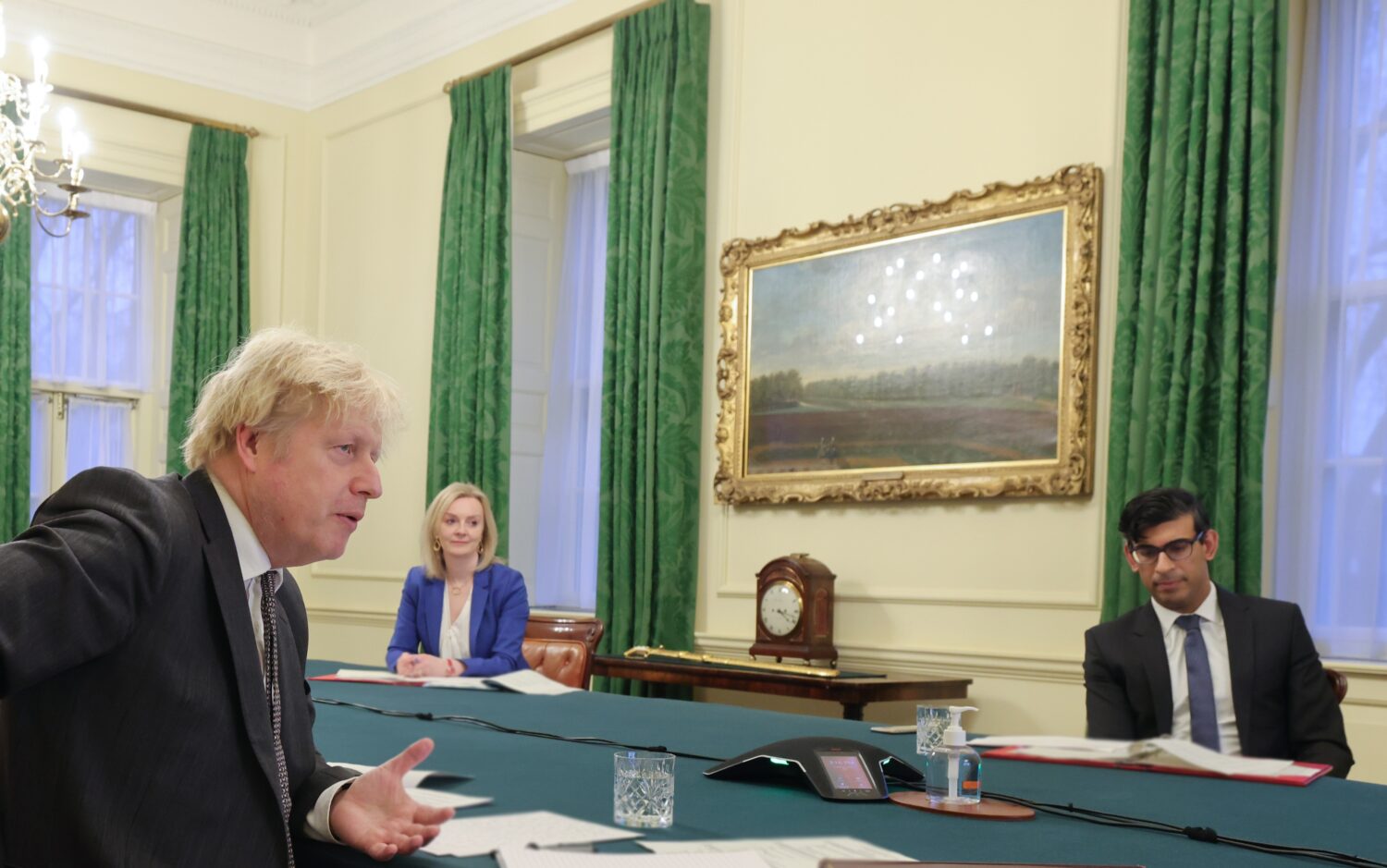Leading questions
Does Labour's lead in the polls reflect enthusiastic support from voters - or just growing dislike of the Conservatives? Paula Surridge takes a look
The Labour party is ahead in the polls, with the current gap wide enough for even the most cautious of commentators to believe that it is likely there will be a Labour government after the next UK general election. There are, however, reasons to be cautious about this lead, and differing explanations for its roots.
While the large polling margin now seen, which implies an electoral wipeout for the Conservatives, opened up in October 2022, a Labour lead has been the result of more or less every poll conducted since December 2021. The origins of Labour’s lead, then, do not lie solely in the brief premiership of Liz Truss but rather in the falling apart of that of Boris Johnson. That is to say, Labour’s lead is not only down to a single Conservative PM crashing the economy, but attributable to the wider actions of the party – or, perhaps more accurately, the parties of the party. Partygate (the revelations of gatherings held in number 10 during the lockdown) damaged Boris Johnson’s reputation in particular, but also tarnished the Tories as a whole. The premiership of Liz Truss then did more damage to the Conservative brand, particularly to perceptions of economic competence and sound financial decision-making. Together, they angered voters, and damaged the reputation of the Conservative party to the point where it has not polled consistently above 30 per cent of the vote for the last six months.
If we were only seeing anti-Conservative sentiment, we might expect to see much greater fragmentation of the Conservative vote – and especially voters switching to third parties
These shocks to the reputation of the Conservative party and its leaders have been layered on top of a cost of living crisis and meltdown in the health service. As stories proliferate of patients waiting for ambulances that do not arrive and medicines that are not available, there is a pervasive sense of government failure.
The conclusion implied by this account of events is that the lead Labour enjoys is as much, if not more, due to the actions of the Conservative government than those of the Labour party. Does this matter?
There are some who argue that what we are seeing in the polls is anti-Conservative sentiment, and an expression of dissatisfaction with both individuals and the government more generally in their handling of key issues. It is perfectly normal to expect voters to punish governments that are overseeing, if not responsible for, economic crises and reductions in their standards of living.
However, if we were only seeing anti-Conservative sentiment, we might expect to see much greater fragmentation of the Conservative vote – and especially voters switching to third parties such as the Liberal Democrats, Reform UK and the Greens to register their anger or protest at the government. But we are not seeing patterns quite like that. Instead, the two largest flows of the vote are from Conservative voting in 2019 to undecided – in a recent YouGov poll, almost a quarter of 2019 Conservative voters say they are currently unsure how they will vote, compared to only 10 per cent of 2019 Labour voters – and from Conservative in 2019 to the Labour party: the same poll found 14 per cent of 2019 Conservative voters currently intending to vote Labour. Much smaller proportions of 2019 Conservative voters are switching to other parties; perhaps surprisingly, the same poll has just one in 20 moving to the Liberal Democrats and fewer than one in 10 moving to Reform UK.
When reporting so-called ‘headline’ voting intention, most pollsters omit those who are currently undecided. This means that the high level of indecision among Conservative voters is likely to lead to some polls overstating the ‘real’ Labour lead, since we know that during the heat of an election campaign many of these undecided voters will return to the party they voted for previously. To win the kind of convincing majority some are currently predicting, Labour will need some of these undecided voters not to return to the Conservatives. It is worth noting, though, that Opinium, which uses a different methodology to calculate its headline vote intention which accounts for this tendency for undecided voters to return ‘home’, still shows a large Labour lead (16 percentage points in the most recent poll at the time of writing).
And, more to the point, a high level of indecision among Conservative voters has been a feature of UK polling for some time now. The very large recent leads are a result of direct movement of voters from a Conservative vote in 2019 to a Labour vote intention.
Despite this good news for Labour, other evidence suggests that there may not be huge enthusiasm for the party’s brand and its leader, Keir Starmer. Focus group evidence is often mixed, and more people say they are unsure whether Starmer or Sunak would make the best PM than opt for either one of them. How should we interpret these patterns?
There is also a crucial element of self-fulfilling prophecy: the public are coming to expect a Labour government after the next election. This is evident in party messaging
It seems that the anti-Conservative sentiment is directed towards a change of government, and while people may not yet be hugely enthusiastic about the prospect of a Labour government, they are increasingly sure they do not want a Conservative one, and so are willing to vote for Labour as the only viable alternative government on offer. Much could change in the period between now and the next election; no one who has followed British politics closely since 2016 could think there is no chance of a turnaround. But in the current polling, it is the Conservatives who have the mountain to climb.
Overlapping crises continue to damage the Conservative party, and their effects are unlikely to fully abate before a general election must be called. While inflation is likely to come down, prices will remain high. The NHS strikes may be resolved before then, but the NHS will continue to have long waiting lists, and people’s negative experiences will continue to resonate. It seems unlikely things being a little less bad will be sufficient to turn around public opinion.
There is also a crucial element of self-fulfilling prophecy: the public are coming to expect a Labour government after the next election. This is evident in party messaging, with the Labour party now regularly talking about the ‘next Labour government’. Last summer, despite the persistent lead for Labour in the polls, the public were more likely to believe the next election would return a Conservative majority than a Labour one. This has now shifted: the most recent figures from the YouGov tracker on this question show that more than half the public expect a Labour majority government after the next election, while fewer than one in 10 expect a Conservative one. Expectations are powerful – though not infallible – and this is another piece of good news for Labour.
For Labour’s prospects at the next general election, it may not matter too much whether people are voting for them or against the Conservatives. But it will matter for their prospects in government, and for any hope of staying in power beyond a first term. If people are seeking change, then setting out a programme that is distinct from that currently on offer will be important; delivering it, and demonstrating clear improvements in the core areas people are most concerned about, will be even more so.
Image credit: Number 10 via Flickr

